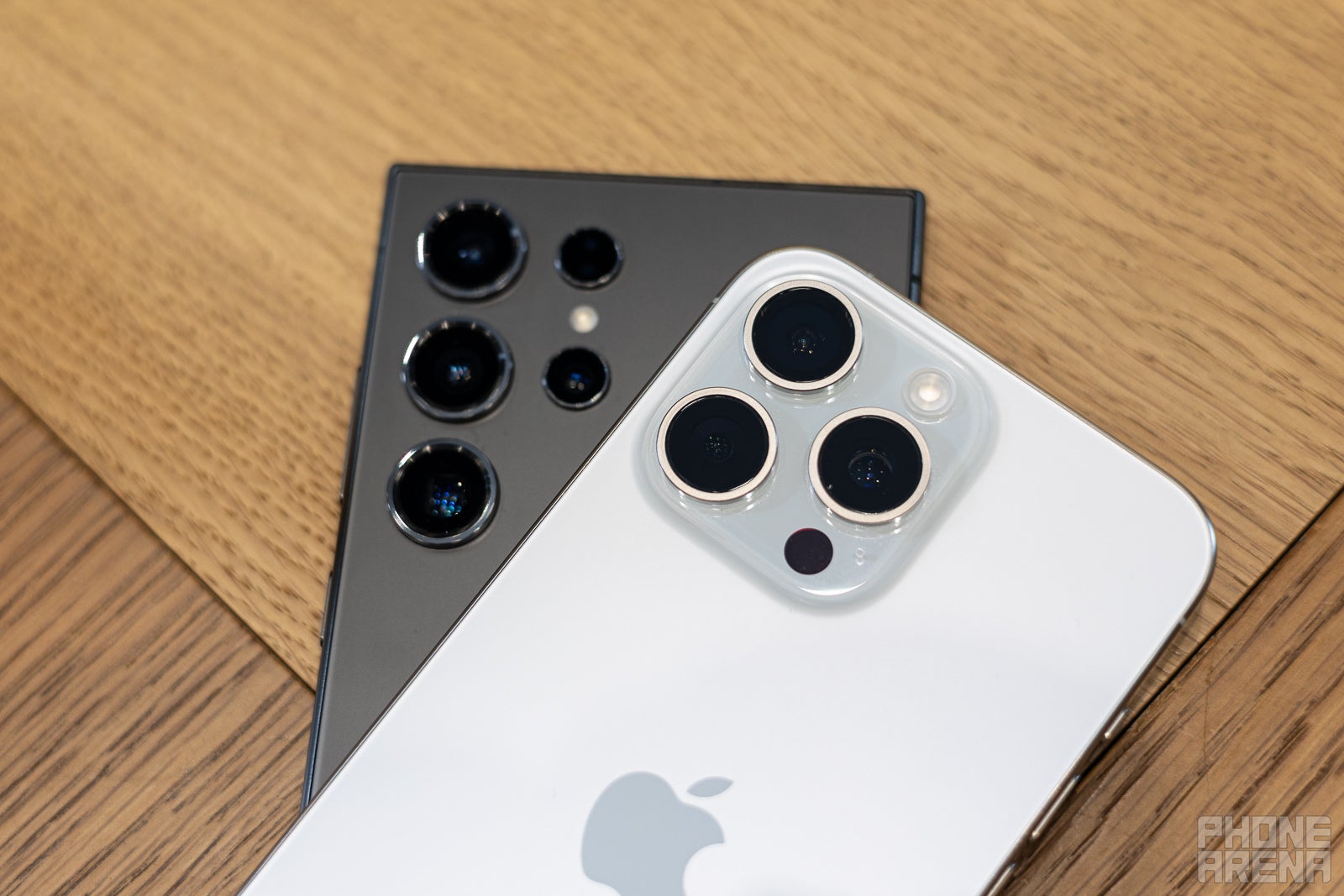Samsung's latest flagship, the Galaxy S24 Ultra, has been making waves in the smartphone world with its cutting-edge hardware and AI capabilities. However, recurring software issues are casting a shadow over what could be an otherwise stellar device.
Hardware Excellence
The S24 Ultra boasts impressive specs:
- A stunning display with low-reflection Gorilla Armor glass
- Powerful camera system that rivals or exceeds the iPhone 15 Pro Max
- S Pen functionality for enhanced productivity
- Multitasking features like split screen and floating apps
Many users, including tech journalists, have praised the phone's design and performance. The ability to seamlessly switch between apps and utilize the S Pen for precise input has been particularly well-received.
Software Stumbles
Despite its hardware prowess, the S24 Ultra has been plagued by software bugs since launch:
- Camera app freezing and glitching
- Display flickering issues
- Unexpected battery drain
- Problems with core apps like the Clock application
These issues aren't isolated to the S24 Ultra. Previous Galaxy models have experienced similar problems, pointing to a potentially systemic issue with Samsung's software development and quality assurance processes.
The Clock App Debacle
The most recent and concerning bug affects the Clock app - a basic yet critical feature for daily use. Users have reported:
- Time freezing
- Unusual alarm notifications
- Silent alarms failing to trigger
Samsung has advised users to update the app, but the incident raises questions about the company's ability to maintain reliability in core functions.
A Call for Improved Quality Control
As the smartphone market becomes increasingly competitive, Samsung needs to address these persistent software issues. While the company excels at hardware innovation, software quality appears to be taking a backseat.
Potential factors contributing to the problem include:
- Pressure to meet annual release cycles
- Challenges integrating Samsung's features with Android updates
- Prioritizing new features over stability
For Samsung to maintain its position as a market leader, it must invest more heavily in software testing and quality assurance. A premium device like the S24 Ultra demands a premium user experience across all aspects - hardware and software alike.
The Bottom Line
The Galaxy S24 Ultra remains an impressive piece of technology, offering features that push the boundaries of what's possible in a smartphone. However, the recurring software issues threaten to undermine its potential.
As consumers become more discerning, Samsung must prioritize software stability and user experience alongside hardware innovation. Only then can it truly deliver on the promise of its flagship devices and maintain its competitive edge in the crowded smartphone market.
Update: Friday July 05 15:01
While the Galaxy S24 Ultra boasts impressive hardware features like a flat 6.8-inch display and improved durability, it falls short in several areas. The device's battery life underperformed in extreme cold conditions, and its 25W maximum charging speed lags behind competitors. Additionally, the camera system, though capable, faces stiff competition from other brands pushing boundaries with innovative features. Samsung's design language has become somewhat predictable, and the company needs to innovate further in the foldable market to maintain its lead. These shortcomings, coupled with the software issues, suggest that Samsung needs to address multiple aspects to justify the S24 Ultra's premium pricing and maintain its position in the smartphone market.
Update: Sunday July 14 17:19
While the Galaxy S24 Ultra boasts impressive hardware features, recent testing reveals additional strengths. In a beach effect display and battery test, the S24 Ultra outperformed competitors, maintaining consistent 300 nits brightness and demonstrating the smallest percentage decrease in battery life under challenging outdoor conditions. The phone's advanced display technology, featuring anti-reflective glass and sun-specific tone curves, allowed for easy legibility in harsh sunlight. This resilience in extreme environments may be a compelling factor for users who frequently use their devices outdoors, potentially offsetting some of the software concerns mentioned in the main article.







